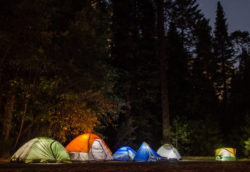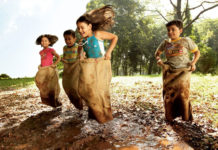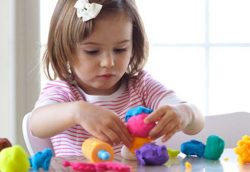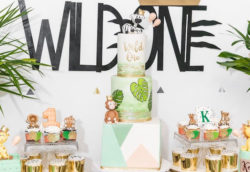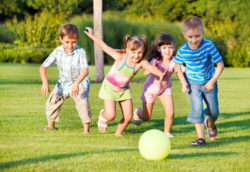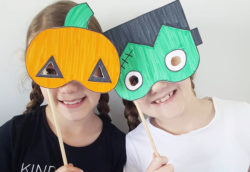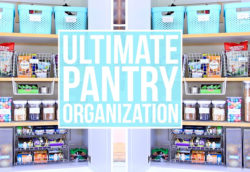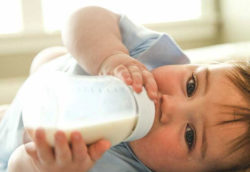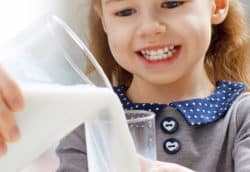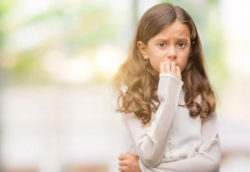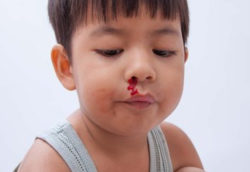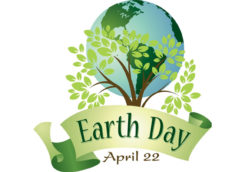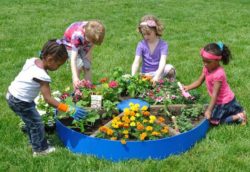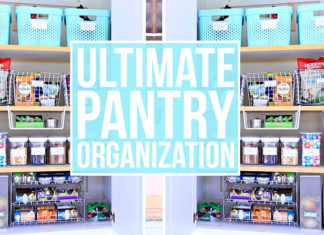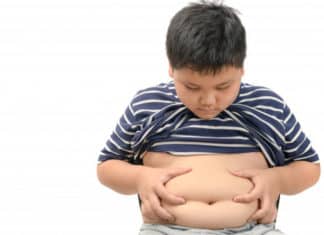Kids love outdoor activities, don’t they? Thinking about an activity which will not only benefit us but also the environment? We have an excellent idea for you to teach your kids on “How to compost”.
Compost is a rotten organic material used as a fertilizer for growing plants. Compost is formed as an outcome of the breakdown of the organic material into fine particles by fungi, insects, bacteria and other living things in the soil. This is the reason why the compost heap feels warm and also steaming sometimes in cold weather. Compost is the key ingredient for organic farming. It is a natural process of recycling the decomposed organic material into the soil amendment that the gardeners and farmers term as fertilizer or hummus.
All the eco-friendly organic matter will degrade, with or without human intervention. Adding a little structure to the process makes it even more efficient. The organic material surviving undecomposed can take decades to decompose. But having a compost pile assists the aerobic decomposition of the material with reduced emissions of heat-trapping gases and ends up into a more useful product quickly.

What does compost consist of?
Compost consists of the organic waste in its natural form as described below:
Things you need to use to make compost:
This outdoor activity of compost kids as well enjoy. You can use a variety of things to make compost. The very natural, readily available things are mentioned here below:
1. Garden waste like dry or fallen leaves, old flowers, grass cutting.
2. Vegetable waste like peels seeds or bad ruined part.
3. Egg shells.
4. Tea bags or remains of the tea after straining.
5. Fruit scrapes.
6. Coffee grounds.
7. Lime.
8. Pine needles.
9. Seaweed, mushroom.
10. Vegetation pet’s bedding like a rabbit or guinea pigs.
11. Horse and cow manure.
12. Shredded or waste paper, cardboard-like egg boxes, etc.
13. Twigs.
14. Nuts.
15. Cotton wool.
Things you must not add to compost heap:
These things do not usually breakdown entirely or properly and might as well cause unhygienic conditions b attracting pest.
1. Cooked food.
2. Any sea animal like fish or meat.
3. Oil.
4. Dairy products.
5. Pet poop (dog or cat).
6. Tissue papers or napkins.
7. Bread.
8. Diseased plant.
9. Plastic bottles.
10. Plastic packets or wrappers.
Why compost? Is it right for us?
Compost activities might sound like a smelly thing to do, but you know why is it a great thing to do? Composting for kids can be fun only when you tell them the overall picture of why is compost a good thing.
Not only is that a great way to help the environment but also turning your leftovers from the meal into valuable food for your garden is a great feeling of accomplishment. Best out of waste is the right statement to make here. Instead of accumulating your household waste and pile it up on a rubbish ground and polluting the environment, rather thought about to make use of the same to help our environment? About more than 25% of the waste contents from your bin in the kitchen and garden can be utilized for such a fantastic cause.
As a matter of fact, compost for a year saves the global warming gases equivalent to all the carbon dioxide your kettle makes at the same time. You can make your own compost and use them as a fertilizer for your garden or pot plants and keep them healthy throughout. A compost heap is also known to be home to a wide range of habitats. Thus we say that composting activities for kids should be encouraged to help them contribute well to our mother nature.
Where to compost?

A compost bin can be built out of timber scraps or the old tires and even bricks or mesh wire. However, it does not have to be meticulous, but for beginners, it can be just an area in the garden or a bin where you can pile up the compost heap. The only bit that you will have to remember is to make the base with bare soil or twigs.

You can follow a practice to collect the compost worthy things in a separate bin in your kitchen and empty it onto the compost heap every time it is full of the green and brown things. Nature does the rest for you!
How to control a pest with compost?
With each layer of compost material added to the heap, you have to assure to cover them completely with a thin layer of lime and then on top of it, a thin layer of soil. You can as well add a thin layer of wire mesh to keep away the flies. Or even a layer of sawdust shavings on the top of the compost heap every time helps. Again, adding a sheet of mesh on the bottom of the compost bin or pit will help to keep away the rats but the worms can still get through.
How to take care of the compost?
Compost needs the material in it damp and moisture but not saturated. Add water to the compost pile. Rain although adds moisture enough to the pile when you can be carefree but during the dry and sunny days, you will have to add water. In case you have added extra water, add more dry and brown material and mix it such that it does not remain too wet. Also, the pile needs to be in an aerated bin. Gather the kitchen and garden waste before starting the compost to form a thick layer. Turn your compost pile once in every three to seven days. Too much nitrogen will make the pile hot and kill the wanted and important bacteria. Thus it needs to be checked on the temperature in case of drastic extreme weather conditions. Once the compost has started to mature, you can lessen the frequency of turning it.
When is compost ready?

Compost usually takes about 3 to 9 months to form and sometimes longer in cold weather and also depending on the quantity of compost in a pit. Although sunny places are the best suited for making compost, it also needs to be a well-drained out area. Once the compost change into a dark color, crumbly and has an earthy smell, it is ready. Always remember to take out the compost for use from the bottom of the pile and let the rest be as is for future use.
What can I do with the compost?
Compost as we spoke about already, is a great source of natural fertilizer for plants. You can use this for your garden as well. You can layer the portion of this compost on soil’s top layer and plant a sapling. Or can as well just put a layer of compost in the already existing garden with plants such that it forms the garden bed. Scatter it in a wide area, covering the bottom of the plans and trees or shrubs. Mix it into the soil for the potted plants. This helps your plants and flowers to grow healthy and nourishes them to bloom quickly and easily.
Composting activities for kids:
- Composting with kids at school: Teaching kids about composting in the schools are a great way to teach kids its importance and ways to do it. This can be used to recycle the waste from their lunch boxes like fruit or vegetable skin, paper, any cardboard or grass (no cooked food though, that needs to go into their stomach!). Kids should be encouraged to do composting activities in school on a weekly basis.
- Composting ideas for kids at home: Parents should supervise the kids for this activity at home. Composting with kids at home can be done if you have a garden or space in backyard to form a heap, or buy a compost bin and place it at home.

- Compost quiz: Among the composting activities for kids, once they are taught about compost, we can as well have a compost quiz for fun. There can be true or false answers. For example:
- If composting is expensive and requires a lot of time? True or False?
- Can grass clippings be used for compost? True or False.
- Research Projects: Kids should be encouraged for taking some research related topic from composting. This not only gives them the opportunity to learn more but also try practically and enjoys it benefitting themselves and nature.

